Things that may seem mundane to the inhabitants of a particular place will glow with a Surreal Alien Light in the eyes of a foreign observer, a phenomenon that adds greatly to the joy of international travel.
And when you’re in a place that is Far From Home, those joys are multiplied. The Little Differences between home and away are fairly insignificant when visiting, say, a neighboring country like Canada, a land that (mostly) shares a common language with the United States...but on the other side of the Pacific, it’s a Whole ’Nuther Thing.
Herewith, below the fold, a few random observations from our ten days in Japan, in no particular order...
And when you’re in a place that is Far From Home, those joys are multiplied. The Little Differences between home and away are fairly insignificant when visiting, say, a neighboring country like Canada, a land that (mostly) shares a common language with the United States...but on the other side of the Pacific, it’s a Whole ’Nuther Thing.
Herewith, below the fold, a few random observations from our ten days in Japan, in no particular order...
Japlish
It’s easy to enjoy a Cheap Laugh at mistranslated English, and I will confess to so doing. Some of the miscues arise, I believe, from an earnest attempt to capture something that just does not quite translate...and some are just plain bizarre. Translating Japanese into English brings to mind Dr. Johnson’s comment about women preachers, whom he compared to dogs walking on their hind legs: not that one expected them to do a good job, but that it was remarkable that they were able to do it at all. Nevertheless, from everything to ad copy to sweatshirts, Japlish rears its (often hilarious) head.
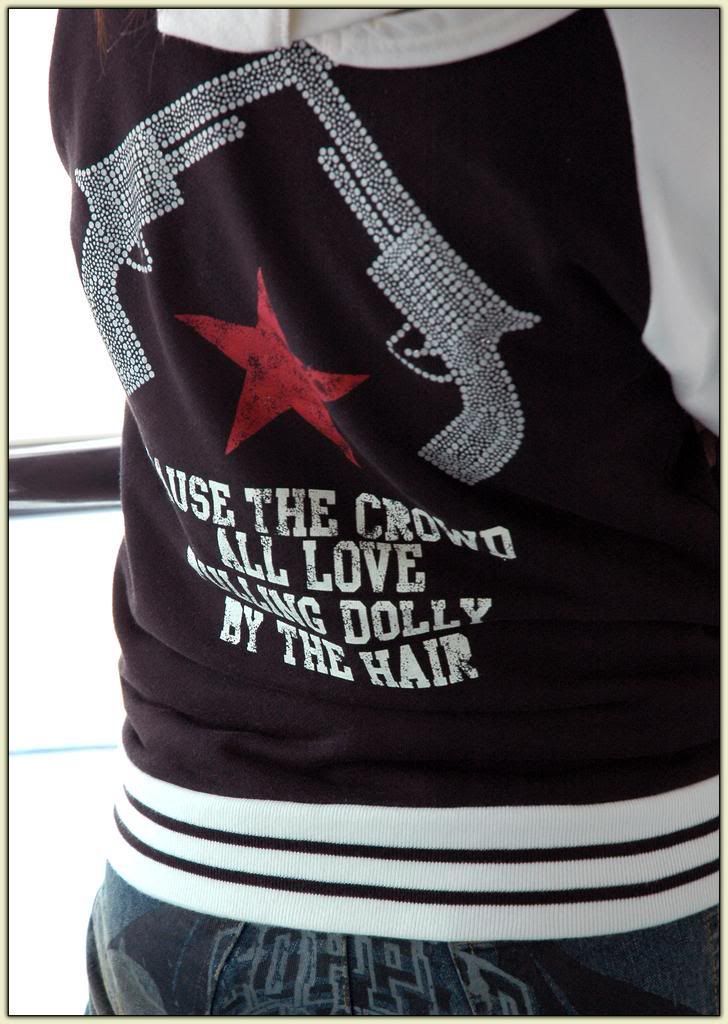
“Cause The Crowd All Love Pulling Dolly By The Hair.” WTF!??!
Didn’t you always want to eat a cookie called “Tokyo Night Walker”?

“Do you walk at night of Tokyo? In the town of Tokyo, there is light like starry sky. Watching stars in the stars above and the city can be done.”
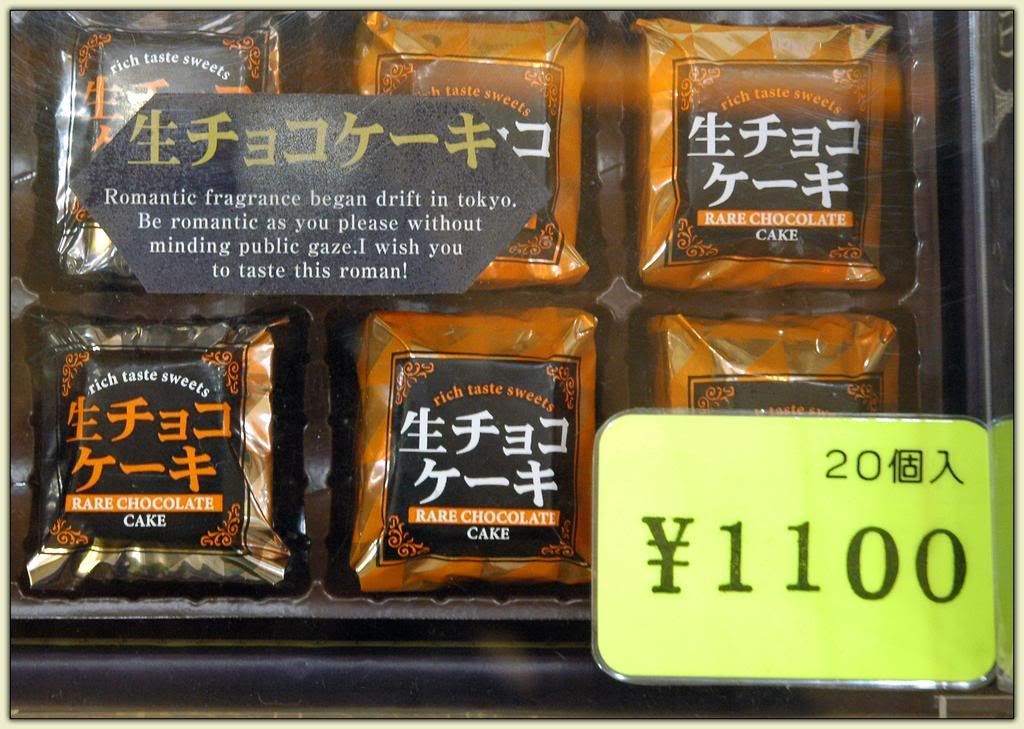
“Romantic fragrance began drift in tokyo. Be romantic as you please without minding public gaze.”
Interesting Business Names
Such as the “Tits Cafe” in Kyoto. Really.
Or this:
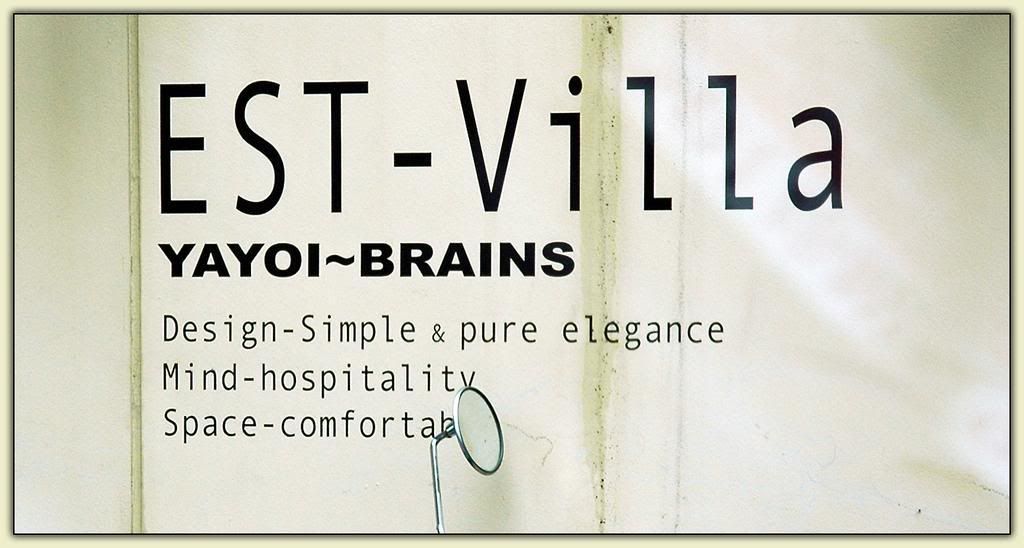
Must be a place where they sell Yayoi Zombie Food.
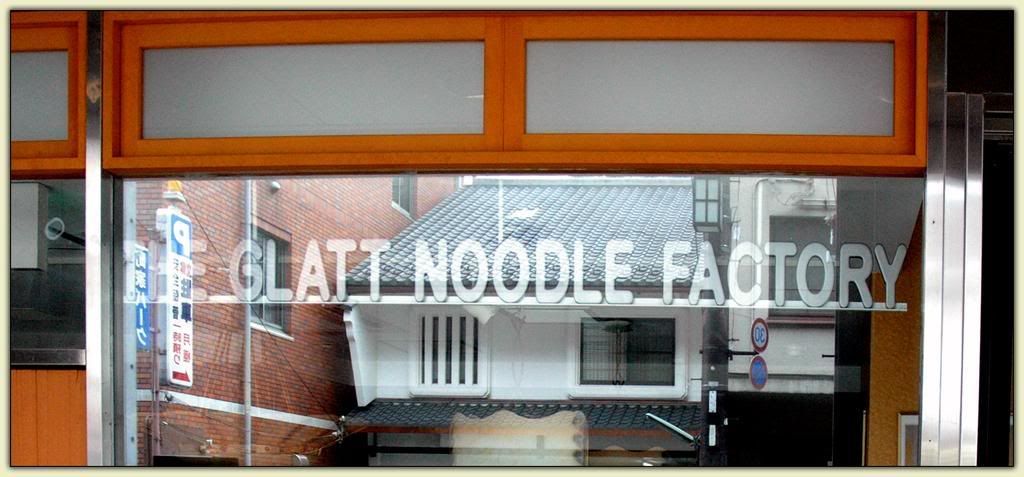
“The Glatt Noodle Factory.” Think this is glatt kosher?
Vending Machines
Streetside vending machines are everywhere in Japan, selling everything from tea and coffee drinks, soft drinks, beer and sake, and cigarettes. With no age restrictions on any purchases (anyone can buy alcohol or tobacco) and no crime to speak of, a machine will sit happily unmolested on a city street, supplying both hot and cold beverages. Hard to picture that in, say, New York or Chicago.
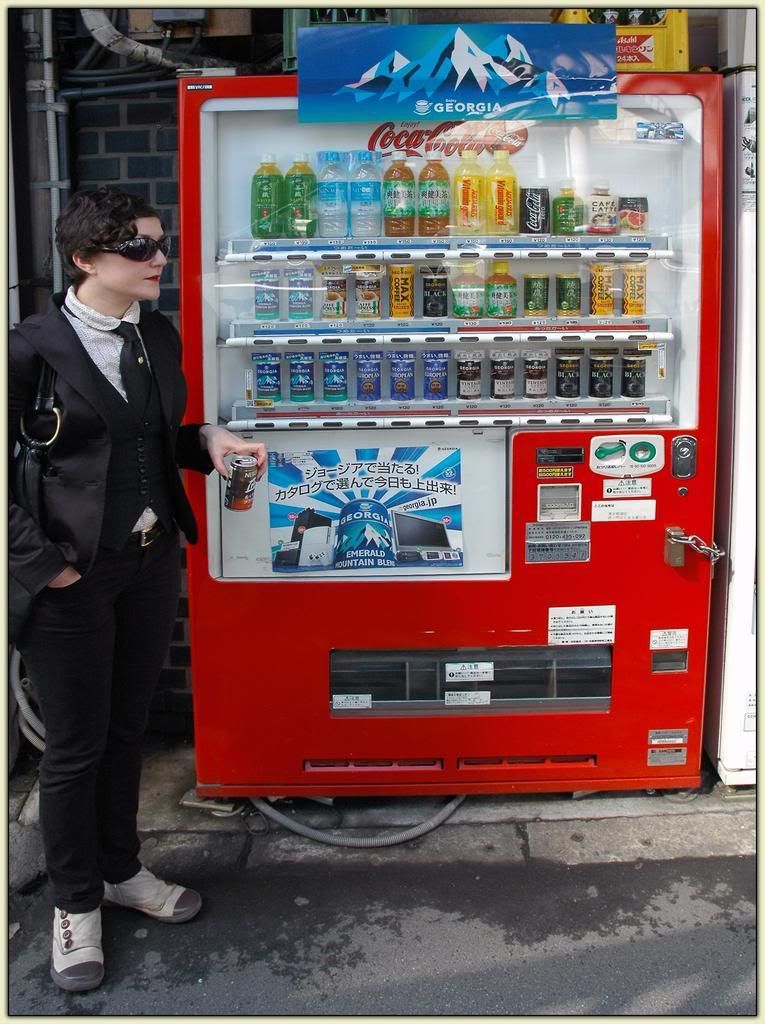
“Can coffee” - brewed coffee in a can or plastic bottle - is insanely popular. The two biggest brands are Coca-Cola’s “Georgia” (the market leader) and Suntory’s “Boss,” the logo for which is a serious-looking gaijin dude with a pipe in his mouth. Any time someone would ask me where I was from, I’d say, “Georgia...like Georgia Coffee.” Always got a laugh, although whether it was the kind of laugh reserved for Happy Idiot Foreigners, I will never know.
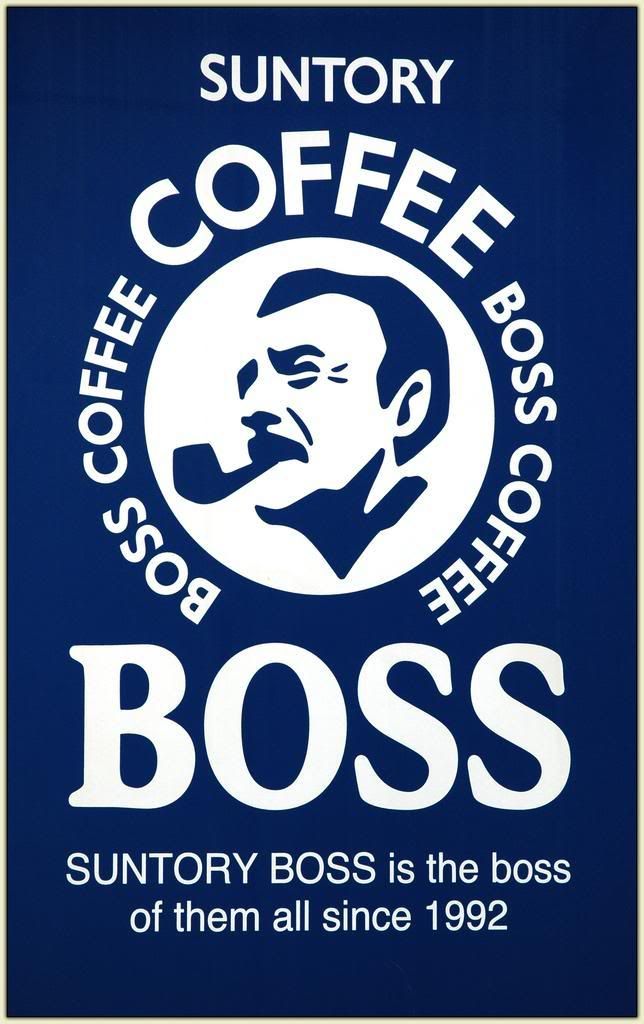
Boss Coffee. This dude looks serious about his Can Coffee.
Another vending machine treat: Royal Milk Tea, a combination of sweet tea and milk in a can, which was a big hit with both me and Elder Daughter. It was especially good with a...
Tokyo Banana
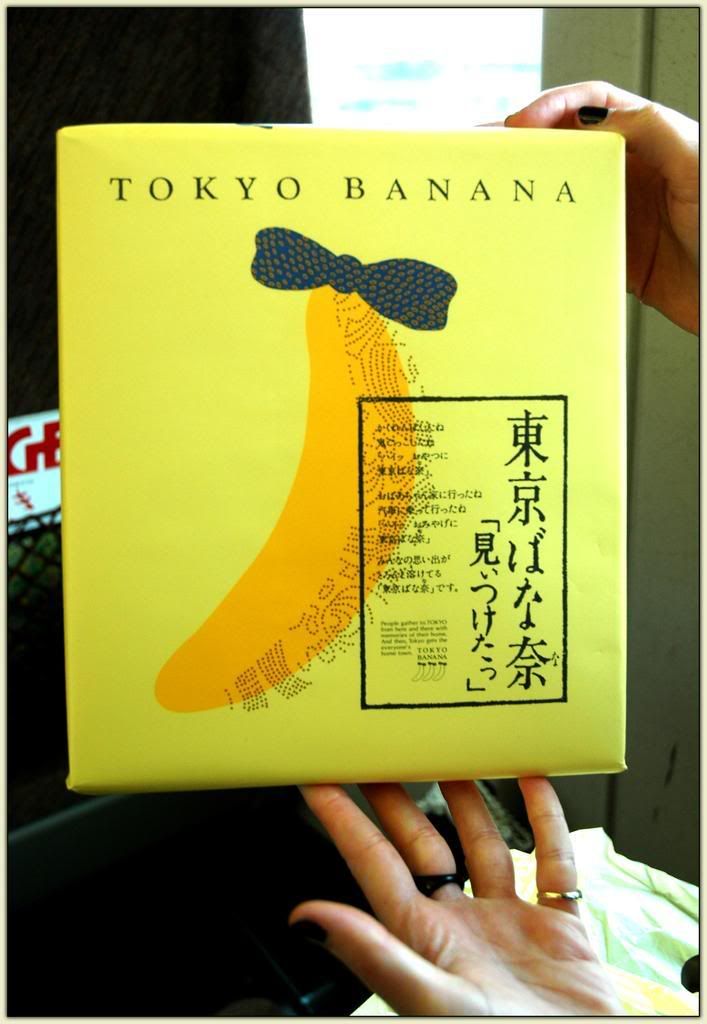
We first encountered the Tokyo Banana at a shop in the Tokyo Tower. I don’t know what appealed to me more: the logo, a beribboned banana that resembled Zippy the Pinhead; the Japlish copy that appeared on every package (“People gather to TOKYO from here and there with memories of their home. And then, Tokyo gets the everyone’s home town.”); or the idea of a banana-shaped and -flavored Twinkie, one without the armada of preservatives and artificial flavors with which we are familiar. Tokyo Banana sells a whole boatload of different pastries...the Chizu Usagi (cheese bunny) caught my eye on their website...and only my conscience (and the lack of luggage space) prevented me from buying samples of them all.
KitKat Exotica
For some strange reason, KitKats are very popular in Japan. Perhaps it’s because the Japanified version of the name (kitto katsu, “you will surely win”) is a phrase students traditionally use to wish each other luck during exams. But that does not explain the fact that Japan leads the world in the sheer variety of KitKat flavors.

Japanese KitKat flavors. Clockwise from top center: Cherry blossom, kinoko (soybean flour), Kyoto-style matcha (powdered green tea), mango, green tea. Center: azuki (sweet red soybean paste).
The “cherry blossom” flavor is actually a concoction of lychees and rose water (delicious); kinoko tastes like a combination of peanut butter and malted milk; and the mango version is only available on the island of Kyushu and in Okinawa. Too bad we can’t get some of these here in the States...the green tea versions, especially, are excellent.
Japanese Department Stores
I have already noted that the typical Japanese depaato (department store) is an entirely different animal compared with its American counterparts. We spent one morning wandering the Kyoto branch of Takashimaya, a place that made Nordstrom look like the Busy Bee Mall. Takashimaya, with outlets in New York and Paris, is a Big-Time Store where you can find pretty much anything...but the seventh floor (containing sixteen different restaurants, each specializing in a particular dish or cuisine), and the lower level (entirely devoted to food of all descriptions) fascinated me the most. This is where you can find hyper-expensive fresh fruit, gemlike in its perfection: a box of 16 strawberries for $45, mangoes ranging in price from $15 all the way to $115 apiece, grapes for $62 a bunch. This is where you can find beautifully packaged pastries and confections, each one a work of art (and some completely unfamiliar to the Western palate). This is where you can find bagels - yes, bagels - with alien flavors such as edamame and soy milk, white chocolate and cocoa, white chocolate and green tea, white chocolate and strawberry. There’s fresh fish, meat, produce, and an array of baked goods that would do the French proud.
Little touches, such as baskets on the floor in the restaurants to hold shoppers’ packages while they eat - and the almost surreal level of politesse displayed by the sales staff - make shopping in a Japanese department store a treat. Being a Consummate Consumer, Japan-style, is a Wallet-Lightening Experience....but fun.
Kabuki

The Kabuki-Za in Tokyo.
Elder Daughter and I managed to catch an act at the Kabuki-Za, an ornate theatre conveniently located two blocks from our hotel in the Ginza. Full performances last for five or more hours and tickets are expensive, but many people - even locals - will grab an o-bento (boxed lunch) and plump for the $10 one-act ducats, which give you a spot in the Fourth-Floor Nosebleeds from which to get a taste of Real Japanese Culture. And, to keep it real, we didn’t bother with the English-commentary headsets. Screw that, we thought...and we were right.
Despite its highly stylized nature - ritualized performance, exotic costumes and scenery, incomprehensible dialogue, and totally alien music - I found Kabuki to be a surprisingly affecting experience. The actors (all of whom are men, even in women’s roles) are skilled enough to invest a single facial expression with heartbreaking emotion even a Western gaijin can understand.
Cell-Phone Danglies
Which, for lack of a better term, is what I call the little charms that people - men and women alike - attach to their cell phones. They’re everywhere. Sometimes it seemed to us that all the recent advances in electronic miniaturization are solely for the purpose of creating ever-shrinking cell-phones, the better to accommodate ever-expanding dangly charms. Weird...but no weirder, I suppose, than grown people who walk around with clothing bearing the image of a Cartoon Mouse.
It’s easy to enjoy a Cheap Laugh at mistranslated English, and I will confess to so doing. Some of the miscues arise, I believe, from an earnest attempt to capture something that just does not quite translate...and some are just plain bizarre. Translating Japanese into English brings to mind Dr. Johnson’s comment about women preachers, whom he compared to dogs walking on their hind legs: not that one expected them to do a good job, but that it was remarkable that they were able to do it at all. Nevertheless, from everything to ad copy to sweatshirts, Japlish rears its (often hilarious) head.

“Cause The Crowd All Love Pulling Dolly By The Hair.” WTF!??!
Didn’t you always want to eat a cookie called “Tokyo Night Walker”?

“Do you walk at night of Tokyo? In the town of Tokyo, there is light like starry sky. Watching stars in the stars above and the city can be done.”

“Romantic fragrance began drift in tokyo. Be romantic as you please without minding public gaze.”
Interesting Business Names
Such as the “Tits Cafe” in Kyoto. Really.
Or this:

Must be a place where they sell Yayoi Zombie Food.

“The Glatt Noodle Factory.” Think this is glatt kosher?
Vending Machines
Streetside vending machines are everywhere in Japan, selling everything from tea and coffee drinks, soft drinks, beer and sake, and cigarettes. With no age restrictions on any purchases (anyone can buy alcohol or tobacco) and no crime to speak of, a machine will sit happily unmolested on a city street, supplying both hot and cold beverages. Hard to picture that in, say, New York or Chicago.

“Can coffee” - brewed coffee in a can or plastic bottle - is insanely popular. The two biggest brands are Coca-Cola’s “Georgia” (the market leader) and Suntory’s “Boss,” the logo for which is a serious-looking gaijin dude with a pipe in his mouth. Any time someone would ask me where I was from, I’d say, “Georgia...like Georgia Coffee.” Always got a laugh, although whether it was the kind of laugh reserved for Happy Idiot Foreigners, I will never know.

Boss Coffee. This dude looks serious about his Can Coffee.
Another vending machine treat: Royal Milk Tea, a combination of sweet tea and milk in a can, which was a big hit with both me and Elder Daughter. It was especially good with a...
Tokyo Banana

We first encountered the Tokyo Banana at a shop in the Tokyo Tower. I don’t know what appealed to me more: the logo, a beribboned banana that resembled Zippy the Pinhead; the Japlish copy that appeared on every package (“People gather to TOKYO from here and there with memories of their home. And then, Tokyo gets the everyone’s home town.”); or the idea of a banana-shaped and -flavored Twinkie, one without the armada of preservatives and artificial flavors with which we are familiar. Tokyo Banana sells a whole boatload of different pastries...the Chizu Usagi (cheese bunny) caught my eye on their website...and only my conscience (and the lack of luggage space) prevented me from buying samples of them all.
KitKat Exotica
For some strange reason, KitKats are very popular in Japan. Perhaps it’s because the Japanified version of the name (kitto katsu, “you will surely win”) is a phrase students traditionally use to wish each other luck during exams. But that does not explain the fact that Japan leads the world in the sheer variety of KitKat flavors.

Japanese KitKat flavors. Clockwise from top center: Cherry blossom, kinoko (soybean flour), Kyoto-style matcha (powdered green tea), mango, green tea. Center: azuki (sweet red soybean paste).
The “cherry blossom” flavor is actually a concoction of lychees and rose water (delicious); kinoko tastes like a combination of peanut butter and malted milk; and the mango version is only available on the island of Kyushu and in Okinawa. Too bad we can’t get some of these here in the States...the green tea versions, especially, are excellent.
Japanese Department Stores
I have already noted that the typical Japanese depaato (department store) is an entirely different animal compared with its American counterparts. We spent one morning wandering the Kyoto branch of Takashimaya, a place that made Nordstrom look like the Busy Bee Mall. Takashimaya, with outlets in New York and Paris, is a Big-Time Store where you can find pretty much anything...but the seventh floor (containing sixteen different restaurants, each specializing in a particular dish or cuisine), and the lower level (entirely devoted to food of all descriptions) fascinated me the most. This is where you can find hyper-expensive fresh fruit, gemlike in its perfection: a box of 16 strawberries for $45, mangoes ranging in price from $15 all the way to $115 apiece, grapes for $62 a bunch. This is where you can find beautifully packaged pastries and confections, each one a work of art (and some completely unfamiliar to the Western palate). This is where you can find bagels - yes, bagels - with alien flavors such as edamame and soy milk, white chocolate and cocoa, white chocolate and green tea, white chocolate and strawberry. There’s fresh fish, meat, produce, and an array of baked goods that would do the French proud.
Little touches, such as baskets on the floor in the restaurants to hold shoppers’ packages while they eat - and the almost surreal level of politesse displayed by the sales staff - make shopping in a Japanese department store a treat. Being a Consummate Consumer, Japan-style, is a Wallet-Lightening Experience....but fun.
Kabuki

The Kabuki-Za in Tokyo.
Elder Daughter and I managed to catch an act at the Kabuki-Za, an ornate theatre conveniently located two blocks from our hotel in the Ginza. Full performances last for five or more hours and tickets are expensive, but many people - even locals - will grab an o-bento (boxed lunch) and plump for the $10 one-act ducats, which give you a spot in the Fourth-Floor Nosebleeds from which to get a taste of Real Japanese Culture. And, to keep it real, we didn’t bother with the English-commentary headsets. Screw that, we thought...and we were right.
Despite its highly stylized nature - ritualized performance, exotic costumes and scenery, incomprehensible dialogue, and totally alien music - I found Kabuki to be a surprisingly affecting experience. The actors (all of whom are men, even in women’s roles) are skilled enough to invest a single facial expression with heartbreaking emotion even a Western gaijin can understand.
Cell-Phone Danglies
Which, for lack of a better term, is what I call the little charms that people - men and women alike - attach to their cell phones. They’re everywhere. Sometimes it seemed to us that all the recent advances in electronic miniaturization are solely for the purpose of creating ever-shrinking cell-phones, the better to accommodate ever-expanding dangly charms. Weird...but no weirder, I suppose, than grown people who walk around with clothing bearing the image of a Cartoon Mouse.


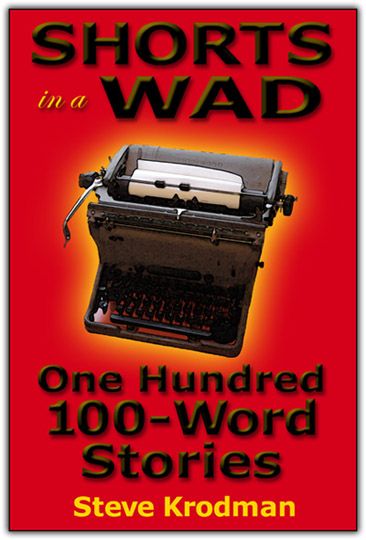
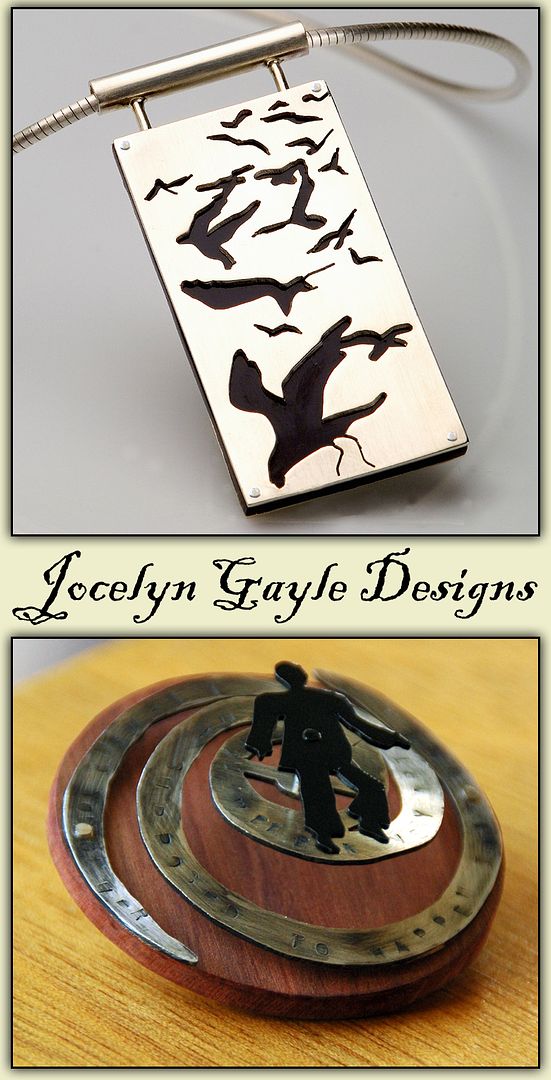
















No comments:
Post a Comment